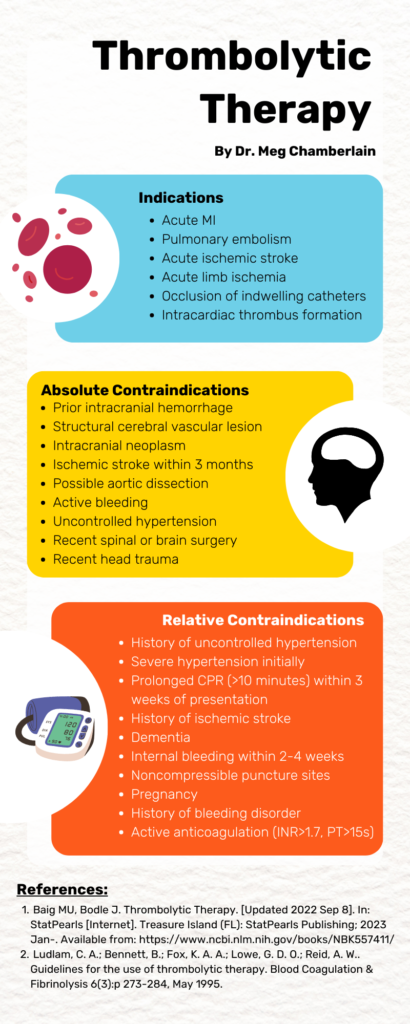A 60 year old male with a history of poorly controlled type 2 diabetes, hypertension, and hyperlipidemia presents for right foot pain. He noticed a few weeks ago that he developed a wound on the sole of his right foot which hurts with pressure. He denies any injury to the area or fevers. Vitals are within normal limits. Exam is notable for a shallow based ulcer with clean margins and no active drainage on the sole of his right foot. Which of the following positive physical exam findings, laboratory test, or imaging study has the highest positive likelihood ratio for osteomyelitis in this patient?
A: ESR > 70
B: MRI
C: probing to bone
D: ulcer area > 2 cm2
Answer: ESR > 70
This patient is presenting with a diabetic foot ulcer, a common complication of poorly controlled diabetes. While many physical exam features such as fever, pain, or purulence may be suggestive of osteomyelitis, an accurate diagnosis remains a challenge especially with co-existing diabetic neuropathy and blunted immune responses from diabetes. Although it is a non-specific marker of inflammation, an ESR > 70 mm/h has the highest likelihood ratio of osteomyelitis compared to other exam, laboratory, and imaging investigations as shown in the table below. This emphasizes the sensitivity and diagnostic utility of obtaining an ESR level in the emergency department to investigate for osteomyelitis in patients with diabetic foot ulcers. The gold standard test to diagnose osteomyelitis is a bone biopsy.
| Positive Finding | Positive LR (95% CI) | Negative LR (95% CI) |
|---|---|---|
| Ulcer area > 2 cm² | 7.2 (1.1 – 49) | 0.48 (0.31 – 0.76) |
| “Probe to bone” | 6.4 (3.6 – 11) | 0.39 (0.20 – 0.76) |
| ESR > 70 mm/h | 11 (1.6 – 79) | 0.34 (0.06 – 1.90) |
| Plain radiograph | 2.3 (1.6 – 3.3) | 0.63 (0.51 – 0.78) |
| MRI | 3.8 (2.5 – 5.8) | 0.14 (0.08 – 0.26) |
References:
Jalili M, Niroomand M. Type 2 Diabetes Mellitus. In: Tintinalli JE, Ma O, Yealy DM, Meckler GD, Stapczynski J, Cline DM, Thomas SH. eds. Tintinalli’s Emergency Medicine: A Comprehensive Study Guide, 9e. McGraw Hill; 2020.
Mandell JC, Khurana B, Smith JT, Czuczman GJ, Ghazikhanian V, Smith SE: Osteomyelitis of the lower extremity: pathophysiology, imaging, and classification, with an emphasis on diabetic foot infection. Emerg Radiol 2017 Oct 20. doi: 10.1007/s10140-017-1564-9. [Epub ahead of print] [PubMed: 29058098]













